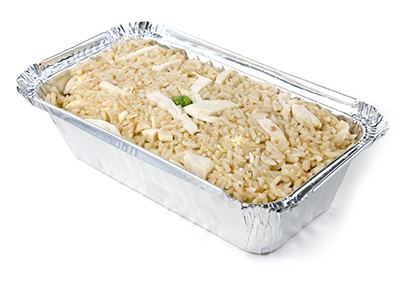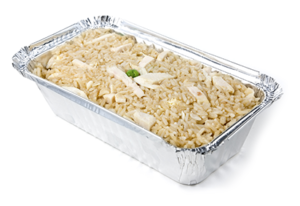

Strict food hygiene rules are in place for food retailers that are enforced by state and territory and local governments. These include having properly trained staff, clean premises and equipment, keeping food at the correct temperature and correct hand washing procedures.
If you answer ‘no’ to any of the questions below it could signal that the operators are not handling foods appropriately and there may be potential food safety problems.
- Are foods that require refrigeration adequately refrigerated and cold to the touch?
- Are foods kept or served steaming hot?
- If you can see food being prepared, are precautions taken to prevent cross contamination of food?
- Are raw and cooked foods kept separate at all times during preparation and display?
- Do staff use tongs or gloves when handling food and do you see them use separate tongs for different foods?
- Is there a hand washing basin? Do staff wash their hands well with warm soapy water between tasks?
- Are the areas you can see clean and tidy? Food preparation, such as cutting up meat and preparing dishes for the salad bar, may take place in areas you can’t see. Dirty staff and conditions in public areas may be a clue that things are worse behind the scenes.
- All cooked food that has not been chilled, such as food in hot food cabinets (bain-maries), takeaway and home-delivered food, should be kept steaming hot. Chilled food should be displayed in correctly operating refrigerated cabinets or on ice.
Certain foods, such as minced meat, sausages, hamburger patties, rolled or stuffed roasts, and poultry must be cooked right through. There should be no pink meat and juices should run clear. If you have to send undercooked product back, always ask for fresh accompaniments such as vegetables, as juices from the undercooked products could have contaminated these. Steaks, chops and whole roasts can be cooked to your preference. Steak tartare, rare hamburgers and carpaccio may be fashionable, but they are also very high risk!
Self-service and salad bars
Self-service salad/dessert bars in restaurants can be popular but there are some food safety issues to keep in mind.
Hot food should ideally be served steaming hot, in hot food displays or over burners. However, in a buffet situation short periods of time at room temperature are acceptable. Chilled food should be kept chilled, either in refrigerated cabinets or on ice. Once again short periods at room temperature are acceptable.
Fresh food should be brought out regularly, and it should not be combined with the leftovers from the food being replaced. Each salad or dessert should have its own utensil. Use the one that is allocated to the item and don’t mix the serving utensils. Hold the utensils by the handle and, when replacing, ensure that the handle does not come into contact with the food.
Never touch or taste food on display. If you see anyone doing this, report it to a staff member. Food should be protected from coughs and sneezes by a guard – usually a clear plastic cover extending over the food.
Buying lunch
Pre-made sandwiches and rolls containing perishable ingredients, such as soft cheeses and meats, should preferably be stored under refrigeration, or otherwise at cooler room temperatures for no more than about four hours. Do not buy ‘tired-looking’ products, as they may have been at room temperature for too long.
Food in hot display cabinets should be steaming hot. Avoid purchasing food that is stacked too high in hot display cabinets. Return lukewarm pies and other filled products to the shop. Minced meats, such as hamburgers and sausages, and chickens should be cooked right through. Food from take-away outlets should be eaten within a few hours.
If you are not happy with the food safety aspects of a supermarket, restaurant or takeaway, do not return. Explain clearly to the management the reasons why you are not happy and contact your state and territory health department or local council
